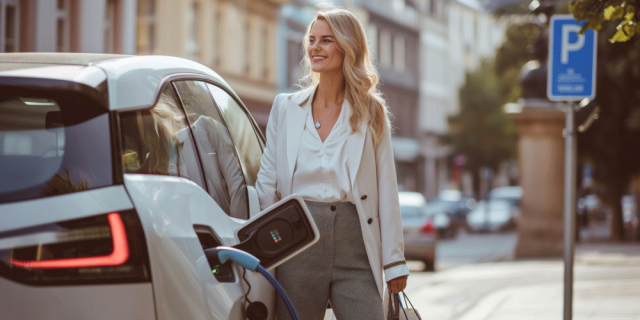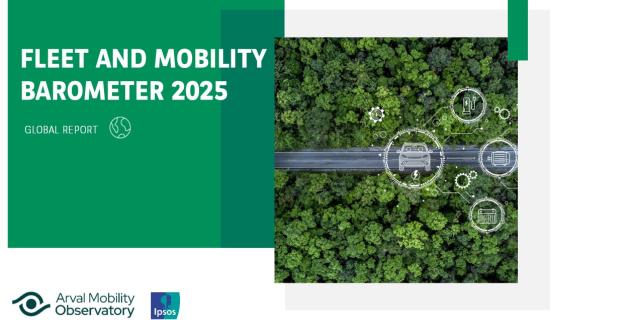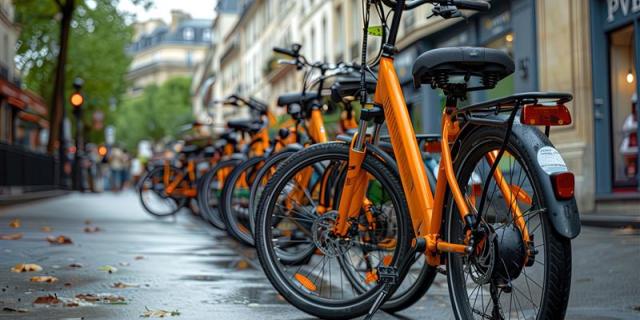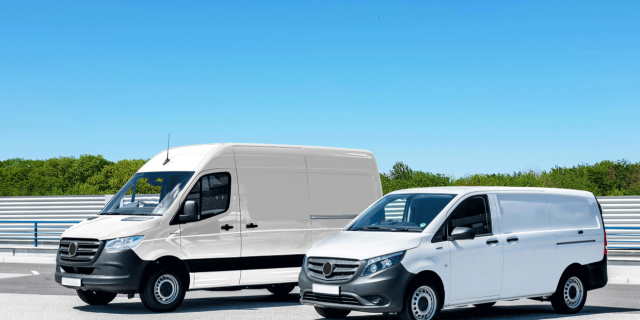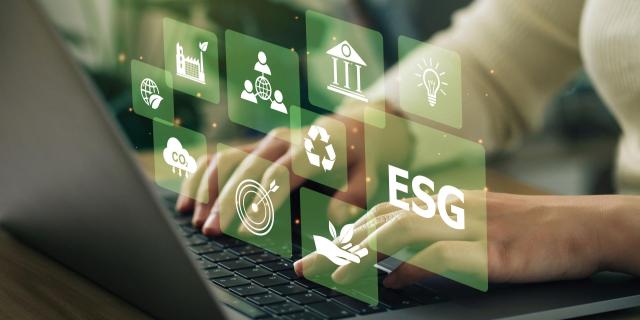Connected Vehicles
Paris, the 26th of April 2021
Connected vehicles are a given. The newest models are already nothing less than mobile data centres, producing over 25Gb of data per hour, thanks to cameras and other sensors.
By 2025, 100% of new vehicles sold will be connected, allowing for novel applications. 5G and a more open data ecosystem will create and accelerate new features – some of which we haven’t even thought of yet.
Europe's connected-car sales is set to grow by 16.9% per year between 2020 and 2025, with France as the biggest market, according to Research and Markets.
Brand loyalty is taking a back seat to convenience, safety, and economics. According to McKinsey, half of customers would change brands to receive more connected features.
Telematics and connectivity lead to more effective fleet management, especially with commercial vehicles, which can now monitor, amongst many other things, their payload, temperature and tyre pressure.
Dashcams are the eyes and ears for the vehicle, monitoring drivers, road conditions, and traffic to alert the occupants in case of imminent danger.
Live video and audio can be streamed directly to the fleet management software, and, in case of an accident, authorities can be instantly provided with valuable, potentially life-saving data.
Fleet managers can even turn to telematics to assess driving behaviour, reducing accidents and CO2 emissions.
Across the business, managers can monitor vehicle location to optimise routing and improve client satisfaction, avoid excessive payload and maintenance, and keep perishable goods in perfect conditions.
The advantages extend beyond the fleet manager. Connectivity also offers new experiences for those inside the vehicle, especially thanks to personalisation features.
Personalisation is important for car buyers and becomes paramount when we share a vehicle.
Our driver profile, including optimal seat positioning, favourite music playlists and appropriate mood lighting, can be stored in a database and sent to any vehicle we are about to drive.
Extensive personalisation can mitigate one’s feeling of lack of ownership, giving a sensation of driving your own vehicle. Carsharing schemes will be able to benefit from this feature in a not-so-distant future.
Who knows us better than our smartphone? That's why giants like Google, Apple and Amazon make on-board operating systems that connect with the phone to enable functions like navigation or voice assistance.
AI and voice assistants are set to become one of the biggest parts of our lives and the auto industry is no exception.
Verbal communication with our vehicle enables smoother interactions and more efficient services. It can simplify the onboarding process for new drivers and will make communications with the lender easier.
Arval Spain is already proposing such a service using Amazon’s Alexa voice assistant.
Various car manufacturers are integrating third party assistants like Siri, Google and Alexa in interfaces. Some OEMs, like Mercedes and BMW, chose to develop their own bespoke solutions.
Once underway, drivers and passengers will be able to enjoy new infotainment applications that will revolutionise their experience.
From our watch to our computer, we have an expectation to be permanently connected. Vehicles are the natural extension of smart devices.
We’ll see more and more partnerships between carmakers and tech companies, both to develop new driving functions and to expand the entertainment options available to passengers.
Advanced infotainment, spanning multiple interactive screens, online content and even music and video streaming, are examples of new connected features.
Improved integration between our phone and vehicle ecosystems not only disrupts what happens inside the car but also outside of it, thanks to the vehicle's interactions with the urban environment through the Internet of Things.
Internet of Things, or IoT, means that vehicles are now part of a larger ecosystem of services, infrastructure, people and other vehicles. This is called Vehicle to Everything, or V2X, and offers a breadth of new capabilities.
Over-the-air updates, for example, improve cybersecurity protection. They also offer users flexibility and upgradability. Just like downloading an app on your smartphone, some new vehicle features can simply be enabled by subscription.
From seat heating options to self-driving modes, owners of connected vehicles will have an ‘a la carte’ menu of features to activate when needed.
Some may choose to turn their vehicles into drop-off places for parcels, allowing delivery professionals to safely access the trunk.
There are trials with cars being able to communicate with traffic lights to figure out the optimal driving speed to get a Green Corridor. This type of communication is called Vehicle to Infrastructure, or V2I. The result is less congestion, pollution and accidents.
Parking management will also experience a revolution thanks to V2I communication.
Paying the right amount for a parking spot is a topic that can get lots of drivers frustrated. With the right technology cars can automatically pay for the exact amount of time spent on the spot.
Using its location, the car sends its arrival and departure time, receives payment instructions and pays the fee, without you ever having touched your wallet.
Certain high-bandwidth functions will require 5G connectivity but it doesn't mean cars will become dumb shells dependent on cloud computing.
Our cars’ sophisticated brains are already powered by complex processors which will soon include additional connectivity functions from the V2X portfolio, such as Vehicle to Vehicle (V2V) data exchange and more.
Cars will share data about speed, location, road condition, destination and so forth in a close network with other vehicles around them. Sharing this information with other road users to improve their trip is just one step away.
V2V connectivity promises numerous safety-enhancing features like reacting to collisions happening out of sight and keeping the same speed and distance based on the "flock" around you. Together cars can move faster and safer.
Finally, as more and more cars on the road become electric, we will reach a shift in the way cars can be utilised, or even, in the way our entire electric grid works.
Vehicle to Grid, V2G, is a system still in its infancy, but it has major ramifications for owners, especially owners of large fleets.
Using V2G protocols, an electric vehicle connected to a bi-directional charger can not only take electricity from the grid but also give it back.
According to consultancy firm StrategicFit, if 1,080 V2G chargers were installed at Heathrow Airport over a ten-year period, each parking space could generate as much as €1,600 per year in revenue, helping car owners reduce the Total Cost of Ownership.
The implications for owners of large electric fleets, like logistics firms, are intriguing and will certainly change how we calculate TCO.
All of this connectivity makes a great deal of financial sense.
So what is this connected IoT future waiting for?
In short, nothing, it is already here. Once 5G, connectivity standards and equipped vehicles roll out, a new era of mobility begins for owners, fleets and users.



